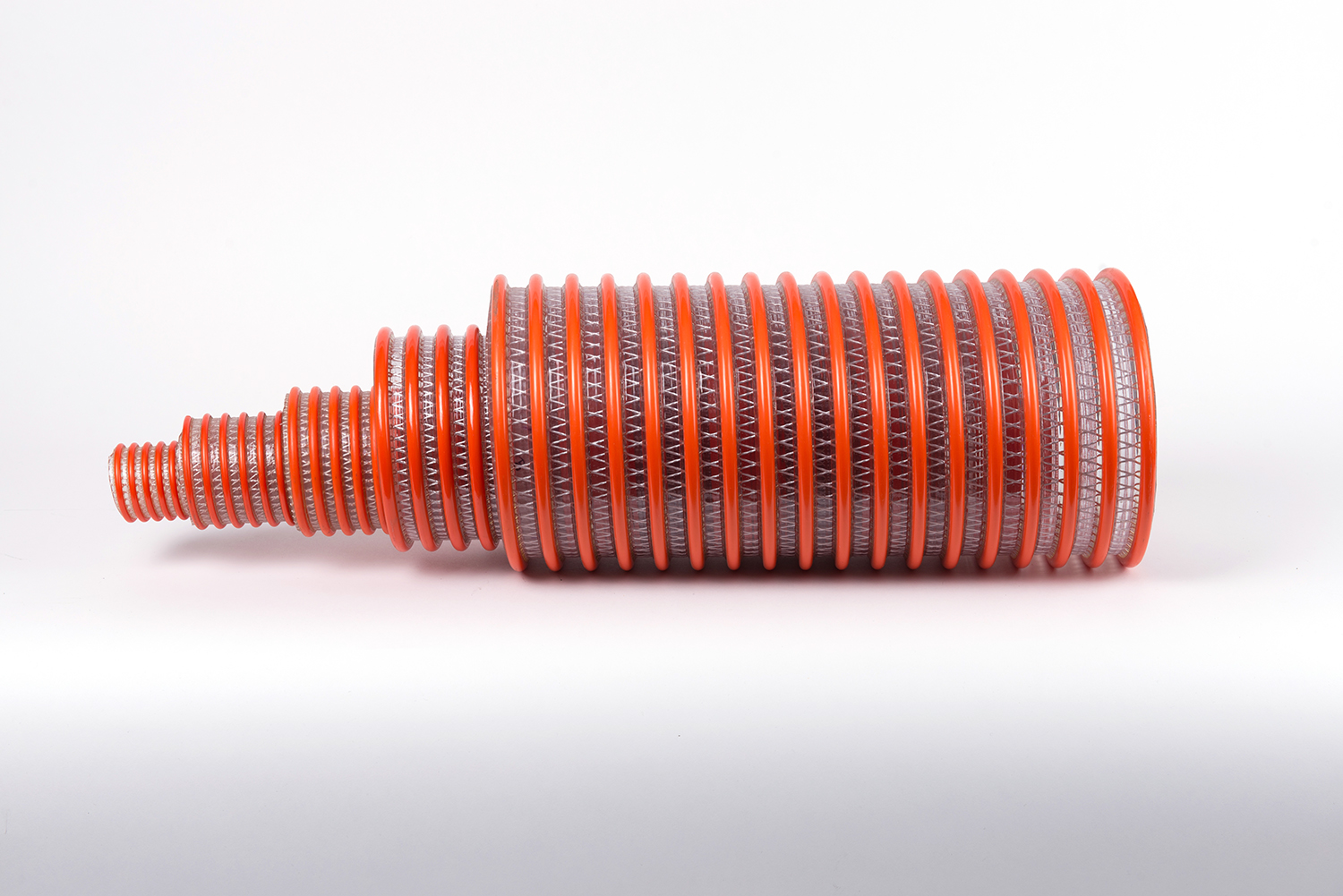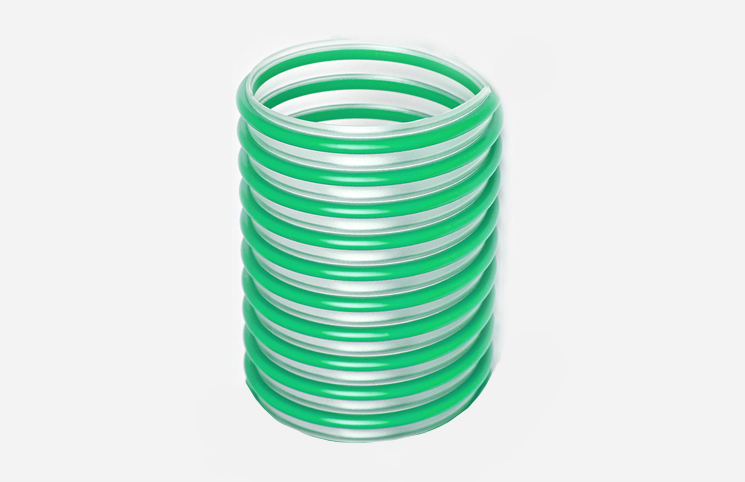Exploring the Vital Role of Fiber Reinforced Suction Hoses in the World of Dead Fish Handling
November 20, 2023 - 0 COMMENTS

Introduction
In the multifaceted world of industrial applications, where functionality meets innovation, the realm of suction hoses plays a pivotal yet often overlooked role. Among the myriad types available, two stand out in distinct scenarios: the Dead Fish Suction Hose and the Fiber Reinforced Suction Hose. Let’s dive into the significance of these hoses, particularly in the context of handling deceased aquatic life and how the evolution to fiber reinforced hoses has revolutionized this sector.
The Crucial Role of Dead Fish Suction Hose
When dealing with perishable goods like fish, efficiency and hygiene are paramount. The Dead Fish Suction Hose, designed explicitly for the transportation of deceased aquatic life, operates within a highly specialized niche. Its primary purpose is to ensure swift and sanitary removal of dead fish from fish farms, aquaculture facilities, or even natural bodies of water.
This specialized hose is crafted with materials that prevent contamination, ensuring the transported fish remain uncontaminated during disposal. The seamless handling of dead fish reduces the risk of disease spread, maintains water quality, and upholds environmental standards, making it an indispensable tool in the aquaculture industry.
Evolution to Fiber Reinforced Suction Hose
Traditionally, suction hoses were made of materials like rubber, PVC, or polyurethane. However, advancements in technology and materials have led to the emergence of Fiber Reinforced Suction Hose, marking a significant leap in performance and durability.
Fiber reinforced hoses incorporate sturdy materials like polyester or nylon within the hose structure, imparting it with superior strength and flexibility. These hoses boast enhanced resistance to kinking, crushing, and external damages, ensuring prolonged service life even in demanding environments.

The Advantages of Fiber Reinforced Suction Hoses in Dead Fish Handling
The application of fiber reinforced hoses in dead fish suction operations brings a multitude of advantages:
- Enhanced Durability: The robust construction of fiber reinforced hoses ensures prolonged and reliable performance even in harsh conditions, reducing maintenance needs.
- Flexibility and Maneuverability: These hoses offer greater flexibility, allowing easy navigation around equipment or through tight spaces, facilitating efficient dead fish removal.
- Chemical and Abrasion Resistance: The reinforced materials offer better resistance against chemicals used in aquaculture and abrasion from rough surfaces, ensuring longevity.
- Maintaining Hygiene Standards: Fiber reinforced hoses, being more resistant to wear and tear, maintain higher cleanliness levels during the transportation of deceased fish, crucial for preventing contamination.
Conclusion
In the realm of dead fish handling, the utilization of specialized hoses like the Dead Fish Suction Hose has long been a necessity. However, the evolution to Fiber Reinforced Suction Hoses has elevated the standards in this sector. These modern hoses bring a blend of durability, flexibility, and superior performance, ensuring not only efficient dead fish removal but also upholding hygiene and environmental standards.
As industries continue to evolve, the integration of advanced materials and technology in suction hoses signifies a promising future, where efficiency, sustainability, and innovation converge to meet the diverse needs of specialized applications like dead fish handling.








